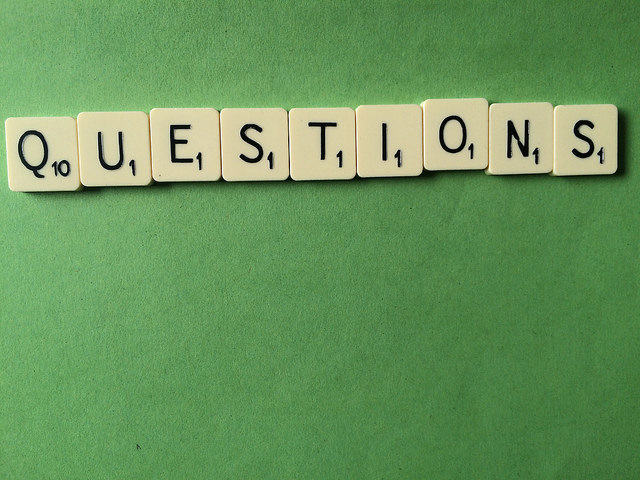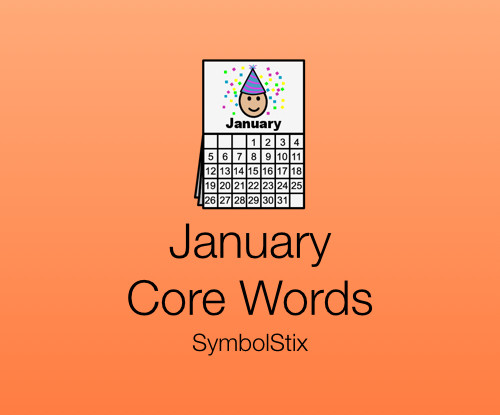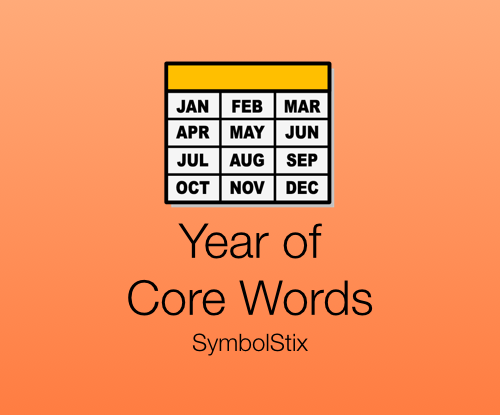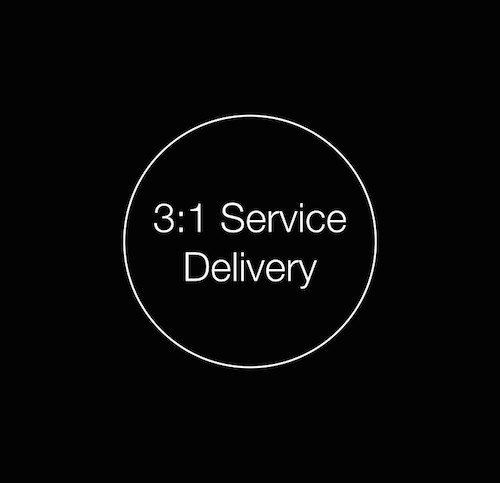Rephrase your questions
For some time I have been thinking about how questions are asked to young children who are talking very little or not at all, as well as individuals with augmentative and alternative communication (AAC) needs. My thoughts have come from observing teachers, instructional aides, parents, and even SLPs who ask a lot, I mean a lot of questions to these populations. It seems like the individuals are continually being tested, whether the adult has that intention or not.
I have also recently seen blog posts from David Niemeijer, Maureen Nevers, Carole Zangari and others whose posts inspired me to write about my thoughts. The authors discussed the difference between questions that are closed-ended and open-ended. In this case, closed-ended questions refer to questions in which the answer is already known, such as, “What shape is a baseball?” Open-ended questions, on the other hand, are ones in which the answer is unknown, such as, “Why do you like baseball?” It is preferable to ask open-ended questions so the responses can include more (core) words and be a reflection of what the person thinks and feels. So, if you find yourself asking several closed-ended questions, it’s best to determine how you can rephrase your questions as open-ended ones.
For this post, I would like to focus on Yes/No questions (e.g., “Am I a boy?”), which are closed-ended. More specifically, I want to consider how Yes/No questions can be rephrased as statements for more purposeful language. There are cases in which mis-purposed questions are asked. For example, after a child makes a mess with his toys, a parent may ask, “Do you want to help me clean up?” In this case, “No” is not an acceptable response. So, the parent may as well say a statement such as, “Help me clean up.” The content in the question with 8 words is simplified and reduced to a statement with 4 words and it has the correct intention.
Yes/No questions are also asked to individuals who have unreliable Yes/No responses. A child may shake his head ‘No’ even though you have his favorite drink, and you ask, “Do you want your drink?” Then, he takes the drink, and proceeds to guzzle it down.
Instead of asking Yes/No questions that are mis-purposed and directed at individuals with unreliable Yes/No responses, we can model various communicative functions as statements. Here are a few other examples of Yes/No questions I’ve heard, and how they can be rephrased as statements:
- “Can you say bye?” -> “Bye”
- When it’s time to say goodbye, say, “Bye” (and wave). Over time with modeling, the child will wave and say “bye” independently.
- (When a child is reaching for more bubbles) “Do you want more bubbles?” -> “More bubbles”
- During an activity with bubbles, if a child indicates he wants more, say, “More bubbles” (and sign ‘more’). Here, you’re modeling how the child can request more bubbles.
- (A child is smiling and moving in his chair as he eats a cookie) “Is that good?” -> “Mmmmm, good.” or “You like that.”
- If you see a child enjoying something like a cookie, make a simple comment such as, “Mmmmm, good” (and rub your tummy), or “You like that”. There’s no reason to ask a question when the answer is really obvious; plus, you’re modeling how to comment.
When we rephrase our questions as statements, we go from ‘testing’ to ’teaching’ language. We’re teaching language in the sense that we’re modeling how to use verbal and non-verbal language for different purposes (greetings, farewells, requesting, commenting, etc.). And we’re doing this via various routines that recur frequently. It has been shown that this style of teaching allows young children and individuals with AAC needs to learn language more effectively.
*Image credit: Jeff Djevdet




